Announcement
Jan 01 2022
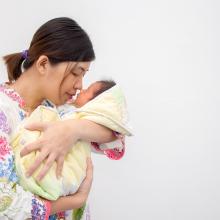
East Asia Pacific Newsletter
Subscribe to and read our East Asia Pacific Newsletter to stay up to date on all of Alive & Thrive's activities across the ASEAN region.
Toolkit
Sep 28 2021
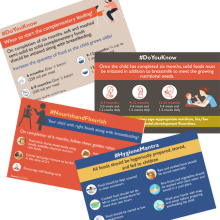
Infant and Young Child Feeding Message Toolkit
With the support and guidance from key Infant and Young Child Feeding and Maternal Nutrition partners, Alive & Thrive, UNICEF, and WeCan jointly developed this set of 11 cards as part of an IYCF Message Toolkit.
Brief
Sep 09 2021
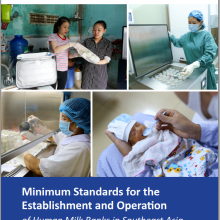
Minimum Standards for the Establishment and Operation of Human Milk Banks in Southeast Asia
Human milk bank services are an essential component of a breastfeeding-friendly health system. Such services give small and sick babies access to the multiple benefits of breastmilk by providing safe donor human milk.
Journal article
Aug 18 2021
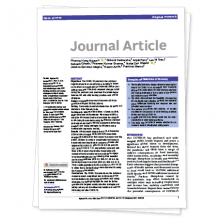
Combining intensive counseling by frontline workers with a nationwide mass media campaign has large differential impacts on complementary feeding practices but not on child growth: results of a cluster-randomized evaluation (Menon P., 2016. J of Nutr)
Complementary feeding (CF) contributes to child growth and development, but few CF programs are delivered at scale. Alive & Thrive (A&T) addressed this in Bangladesh through intensified interpersonal counseling (IPC), mass media (MM), and community mobilization (CM).
Guide/Manual
May 24 2021
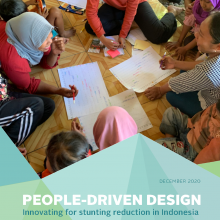
People Driven Design: Innovating for stunting reduction in Indonesia
To inform a refresh process of the Government of Indonesia’s National Strategy to Accelerate Stunting Reduction 2018-2022 (StraNas Stunting), and the subsequent localization of
Journal article
May 17 2021

Community support model on breastfeeding and complementary feeding practices in remote areas in Vietnam: implementation, cost, and effectiveness (Nguyen, T.T., 2021. International Journal for Equity in Health)
After Alive & Thrive initiated IYCF community support groups in remote villages across nine provinces in Viet Nam, evaluation shows that the group model was effective in reaching remote populations and likely contributed to improved IYCF practices, including higher odds of early initiation of

